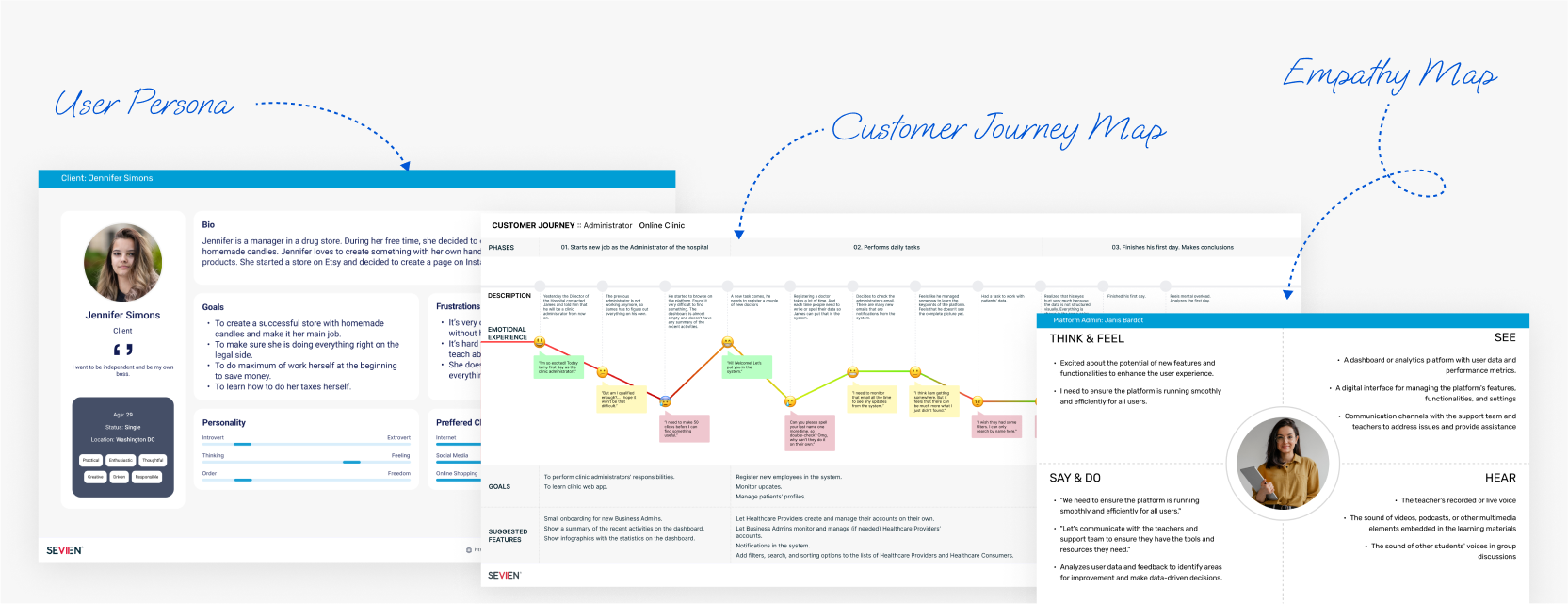What does personalization mean today?
From a business standpoint, providing a unique experience to each customer is challenging. Smaller businesses may pull it off without it hindering operational efficiency, but as the enterprise grows, it’s only natural that thousands and thousands of customers start looking like numbers. And here’s the gist of it: the market requires businesses to boost personalization regardless of the size of their customer base.
The advertising industry has lived in this paradigm for quite a while now. The competition is high, and every ad campaign must be as efficient as possible. This means advertising the right product to the right people. Cue cookies, digital profiling, and other subtle yet effective techniques.
As service providers learn to improve the service in question, customers also grow their expectations. You can lose almost a guaranteed lead because a personalized ad that emphasizes all the right things tries to sell you a service (or product) that may not be as person-centric.
Older people are gradually getting more tech-savvy, and Gen Z people become financially independent and can afford to pay for products or services. And all those people (and other generations) are individuals. And demand individual treatment. Whether it’s an AI-backed solution or something else, a business that opts for personification is a business that sets itself up for success. Just check out how Netflix approaches personalization – something that each user experiences on their platform.
How can a prototype help you apply it during software development?
Software prototyping is one of the most flexible yet future-proof methods to simplify software development and save money. It is a vital part of an in-depth and insightful product design process.
- Prototype helps you gather user feedback quickly and efficiently
- You can then refine the prototype, including the feedback insights
- The whole process is way faster and cheaper than managing changes mid-development.
The pivotal concept here is feedback. Gathering opinions from target audience and applying the insights can give you an edge over the competition. And you get a chance to play around with the concept or smaller technicalities a bit longer, while still preserving the budget.
There are still some risks to consider, but prototyping is a cheaper way of getting the product right, especially from the personification standpoint. There’s no need to tailor the product to each responder’s feedback. Instead, focus on making the experience personal where it matters the most.

Ask the users directly
There’s no ancient secret here: the right questions get the right answers. Try to split the feedback rounds into stages covering specific product aspects. If you’re after personalization, then guide your testers to the answers you seek. For example:
- Do you feel this service was suitable for you as an individual?
- How would you make the experience more personal?
- What aspects made you feel like the product was not designed for you specifically (if any)
- And any derivative that you feel would align well with your product’s idea
While many people can give you different opinions, you will be able to see an overarching problem, if there is one. Then, prototyping allows you to make adjustments quickly and to user-test everything again.
Test the concept and functionality
An interactive prototype is a great way to ensure your concept can survive the market. Conduct competitor research, highlight the cases of better implementation, and have at it.
Prototyping allows adjusting the whole project while spending considerably less time and money. That depends on a number of factors, obviously, with a correct design system being among the most prominent ones. A chance to offer your customers a product that offers a personal approach instead of just the endless data silo and numbers game.
That’s what the users require, and you get a direct communication channel with your target audience through an interactive software prototype.
The Takeaway
Software prototyping can do many great things for you and your product. Personalization is one of them. You can determine the areas that use a more personal approach and also the aspects that can be generalized.
All of the information is not just a wild guess (although that works too sometimes), but heaps of feedback collected from the testers. You can apply all of that and more while still giving yourself some financial wiggle room. Use it to choose the correct technology stack, brainstorm implementation and potential need of AI, experiment with visual representation and so much more.